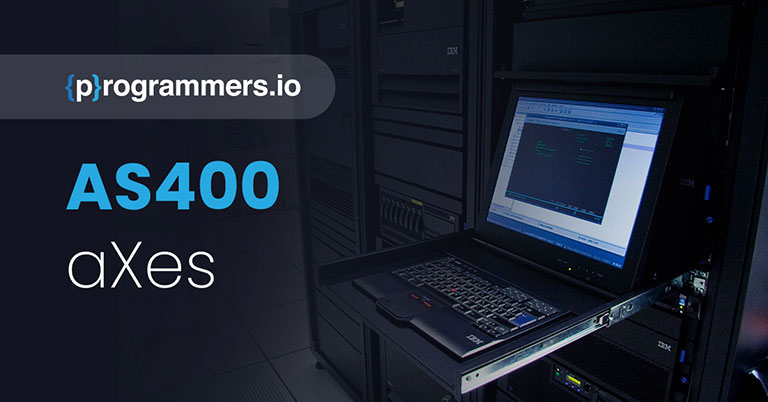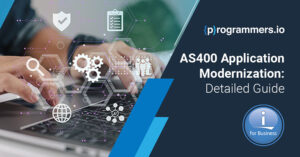AS400 aXes: Bring Your IBM i/AS400 Green Screens to the Web with No Code Changes
In the vast realm of AS400, mastering its nuances can feel like navigating a complex maze. It is often difficult for newcomers to understand aXes and their significance, which is one of the most crucial aspects of the game. The purpose of this blog post is to shed light on AS400 aXes, what they are, why they matter, and how they streamline operations.
What are aXes in IBM i/AS400?
In AS400, an aXes is a fundamental organizational component that facilitates data manipulation and analysis. Think of it as a multidimensional framework that categorises data along different dimensions. These dimensions could include time, geography, product lines, or any other relevant factors depending on the data context.
Through aXes, conventional interfaces can be transformed into contemporary, user-friendly web-based interfaces without requiring drastic rewrites or overhauls, i.e. there is no need to modify code.
The Importance of aXes
- Data Organization: Data can be organized using aXes in a structured manner. Data can be retrieved, analysed, and interpreted more easily within the AS400 environment with aXes, which categorizes information according to specific dimensions.
- Efficient Analysis: In complex data analysis tasks, aXes play a crucial role in slicing and dicing data to extract meaningful insights. This feature allows users to drill down into specific dimensions and analyse them in detail without being overloaded with information.
- Enhanced Reporting: aXes enable comprehensive reports to be generated that offer a holistic view of a business. By organizing data along relevant dimensions, reports become more insightful and actionable, empowering decision-makers to make informed choices.
- Flexibility and Adaptability: In the IBM i/AS400 Development, data views can be customized according to specific requirements based on an array of AS400 aXes. Whether it’s adjusting the granularity of data or pivoting along different dimensions, aXes empowers users to tailor their analysis to suit changing business needs.
Key Features
- As no changes are required to the code, RPGLE/CLLE programs remain unaffected.
- Users experience a web-based interface while retaining the original RPGLE functionalities.
- The navigation between screens is simplified without heavy reliance on function keys, promoting a keyboard-light or keyboard-free experience.
- It reduces the time required for user training.
- Provide a smoother communication experience by improving user-friendliness.
- Provide users with the option of customizing their views or layouts within the application.
Challenges in Legacy IBM i Applications
1. Conventional User Interface (UI)
Legacy applications often rely on conventional ibm green-screen interfaces, leading to poor user experience and reduced productivity.
2. Limited Accessibility
Older applications are typically not optimized for modern devices and lack accessibility across various platforms, restricting user flexibility.
3. Costly and Time-Consuming Development
Traditional redevelopment of legacy applications is a resource-intensive process, requiring substantial time and investment.
Solution Provided by aXes
1. UI Modernization
aXes offers a solution to transform conventional green-screen interfaces into intuitive, web-based UIs. Its drag-and-drop interface, coupled with pre-built templates, simplifies the conversion process, enhancing user experience without extensive coding.
2. Enhanced Accessibility
By converting to web-based interfaces, aXes ensure accessibility across multiple devices and platforms. This addresses the limitation of the legacy system, enabling users to interact with applications seamlessly from anywhere.
3. Streamlined Development
aXes accelerate the development process significantly. Its user-friendly interface reduces the need for complex coding, allowing for rapid application development and deployment. Axes support concurrent development, so it improves the speed.
4. Integration with Existing Systems
One of aXes’ key strengths is its seamless integration with existing AS400 system. It preserves the underlying business logic and data while modernizing the front-end interface, eliminating the need for a complete system overhaul.
5. Scalability and Flexibility
aXes equips applications with scalability features, allowing time to adapt to evolving business requirements. This flexibility ensures that modernized applications remain relevant and adaptable to future technological changes.
Example
1. Adding the theme for Web Face
Below is the screenshot with the default theme in aXes.
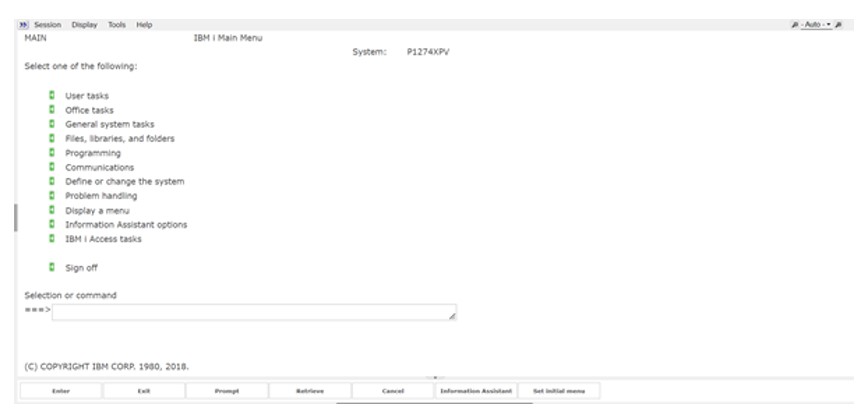
After adding the theme, the screen will look like the below screenshot.
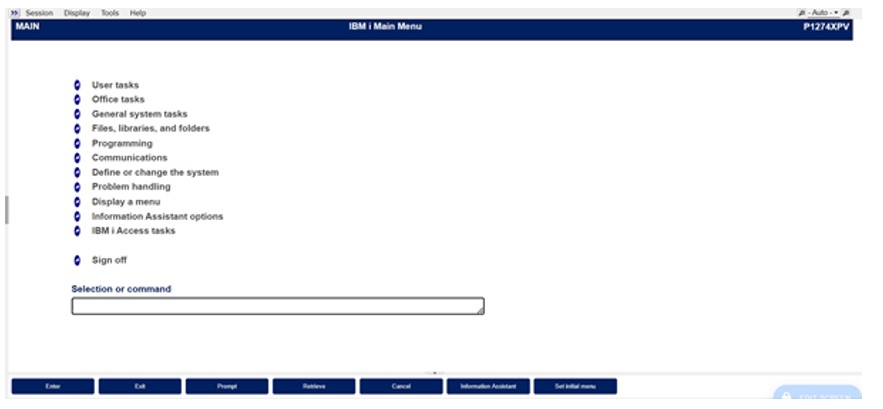
2. Enabling the feature of the context menu
Using JavaScript, we can enable the copy-and-paste functionality in aXes by just doing a right-click on the text field. The screenshot below shows the command line.
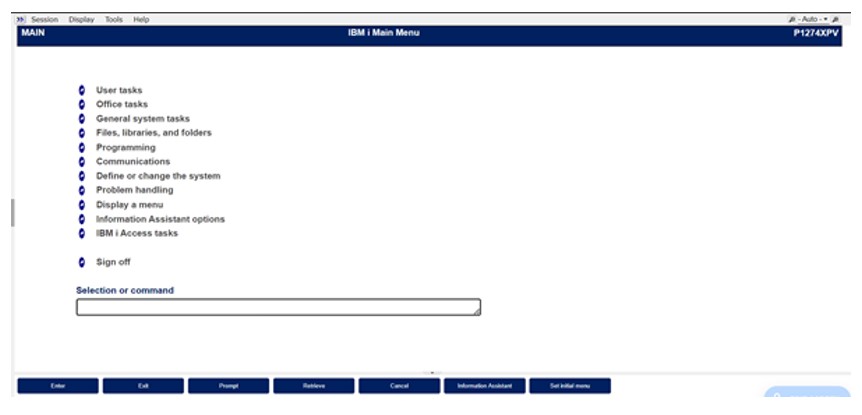
After enabling the Copy paste feature using js, if we right-click on the command line then the context menu will appear as seen in the below screenshot.
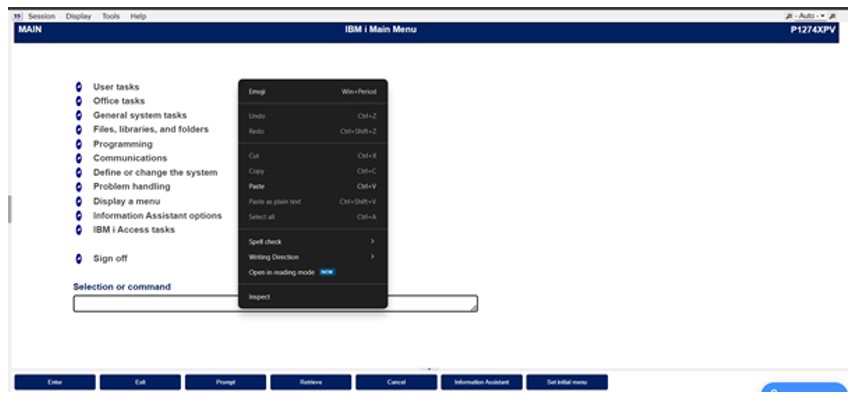
3. Added features like Radio buttons, Images, Calander, logo, etc.
Below is the screenshot for the default theme, where the user uses a prompt for gender, types the date manually, and types Y and N manually for Yes and No.
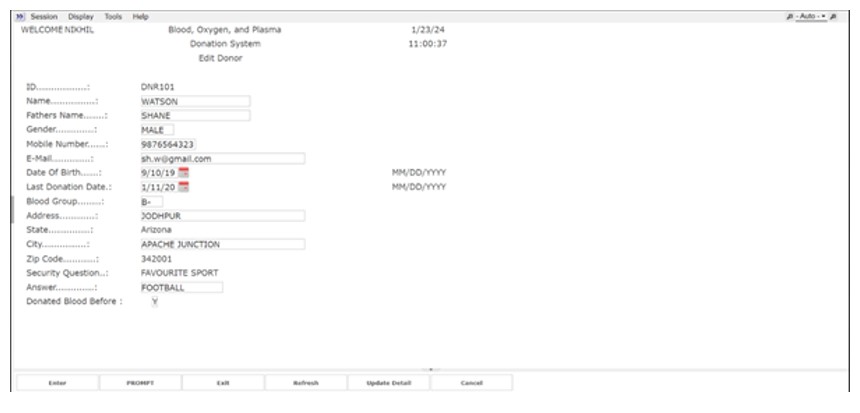
After enabling the added-on features and designing with aXes the screen looks like as seen below screenshot.
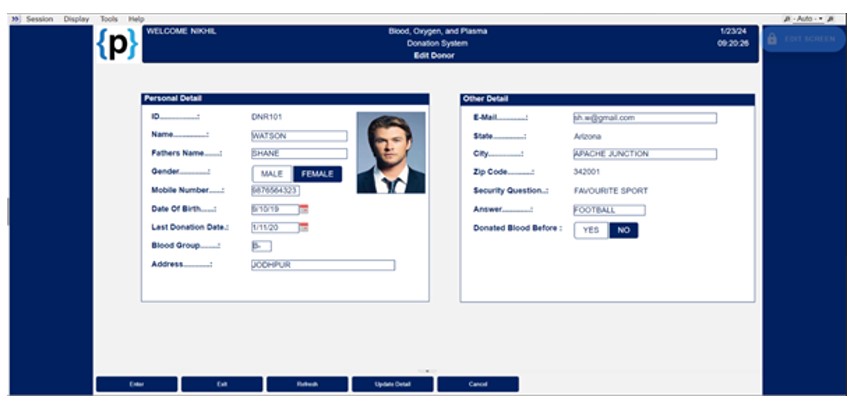
In the above screenshot, we have added the radio button, calendar, and image functionality using aXes.
Similarly, we can also add dropdown, checkbox, and push button functionalities as per requirement.
4. Skip Screens using JavaScript.
In aXes, we can skip the screens based on the user’s requirement. For instance, if a user wants that after Login to a particular program, a particular screen should come, so it can be achieved using JavaScript.
For example, there are 3 screens in a particular sequence as seen in the below screenshot.
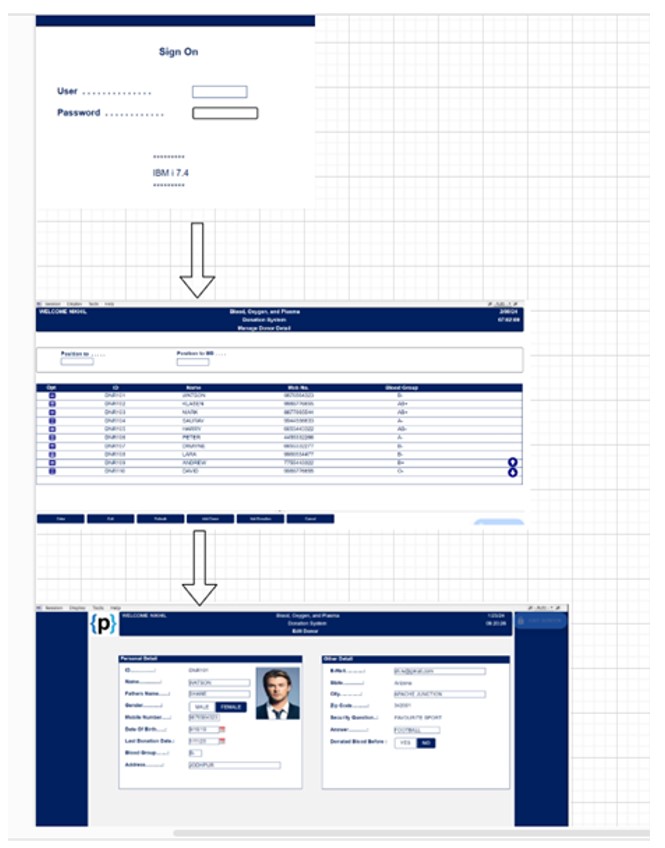
So, when the user logs in on the First screen, the second screen will be skipped and the third screen will come up, as shown in the below screenshot.
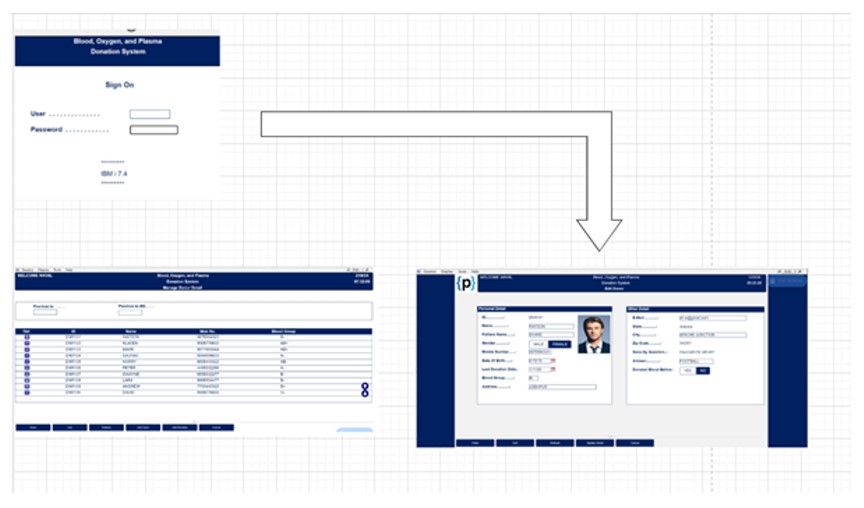
5. Hiding options for Users.
Using aXes, we can hide the menu options or other things as well for the user.
For example, below is the screen for menu options for a particular user.
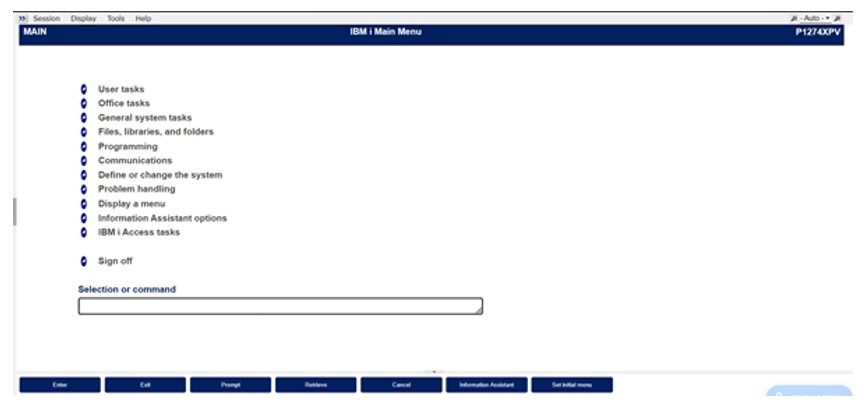
For other users, we want to hide the ‘IBM i Access Tasks’ option so it can be done using aXes as seen in the below screenshot.
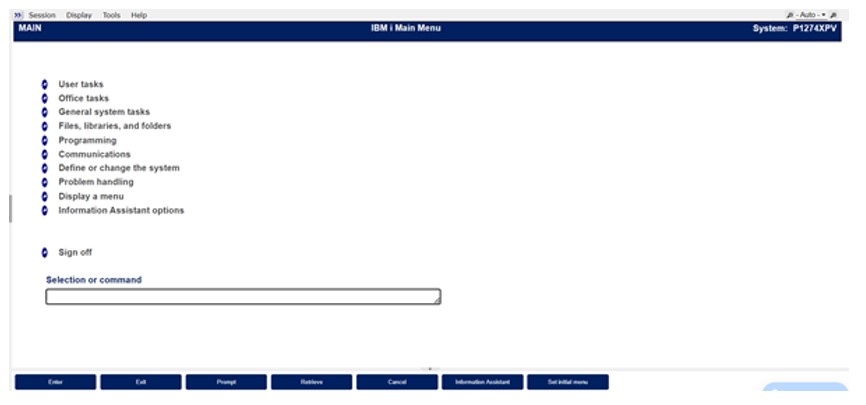
Conclusion
In AS/400, aXes are the foundational elements that provide structure and functionality. Users can navigate the system effectively and perform tasks with precision thanks to aXes, which provides a structured framework for organizing and accessing data. Anyone working with AS/400 must have a basic understanding of aXes because they lay the foundation for efficient operation and utilization of the system’s capabilities. If users understand the significance of aXes and how they are used, they can maximize the potential of AS/400 and harness its power for their benefit.
How can we help you?
We have hundreds of highly-qualified, experienced experts working in 70+ technologies.
